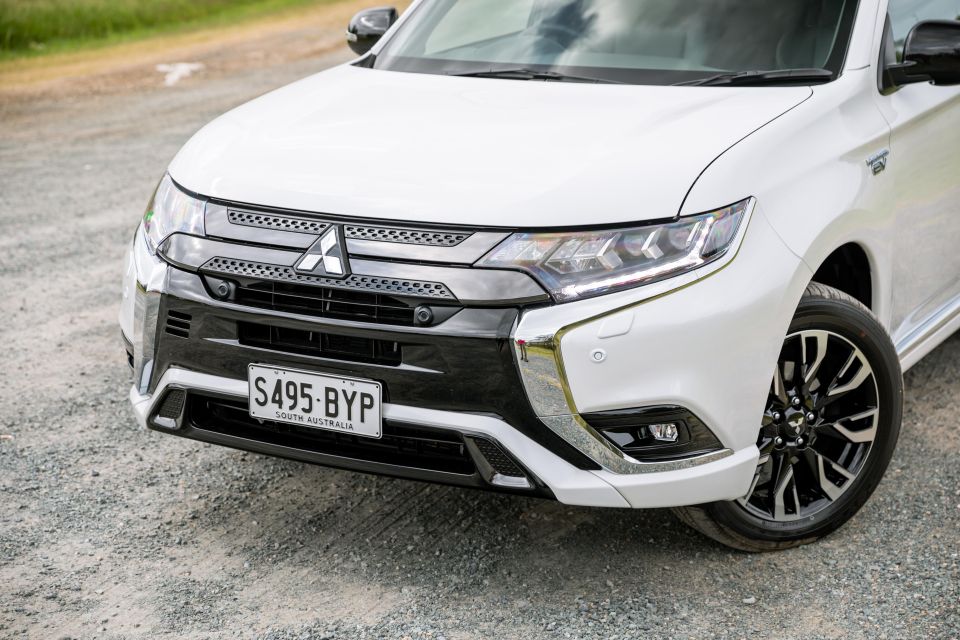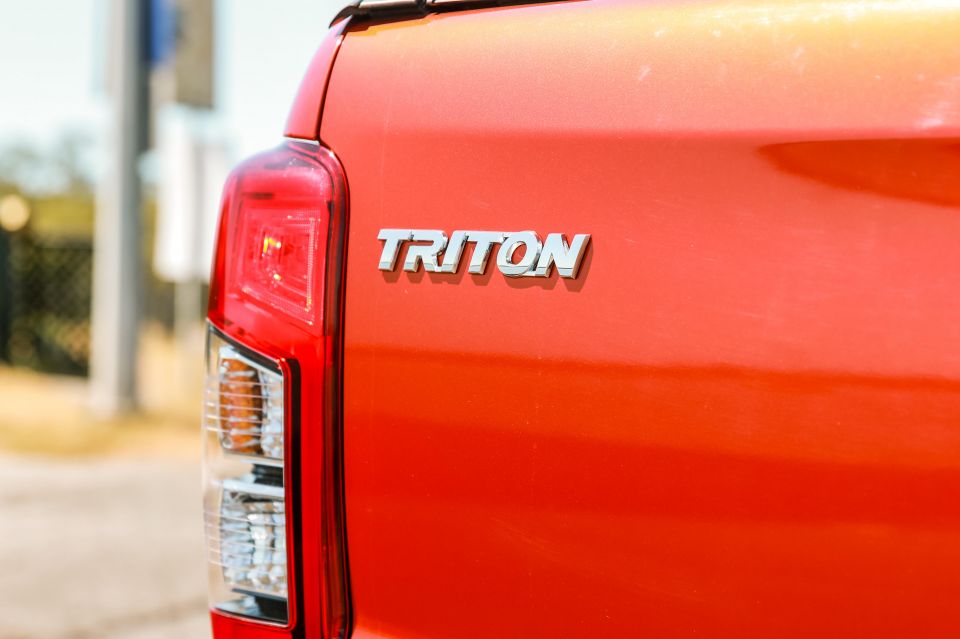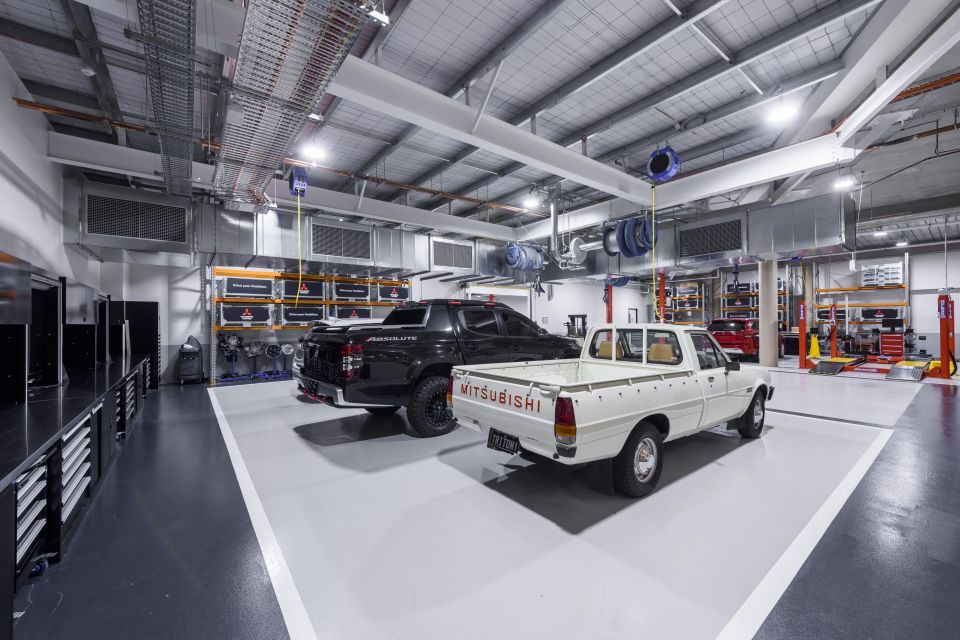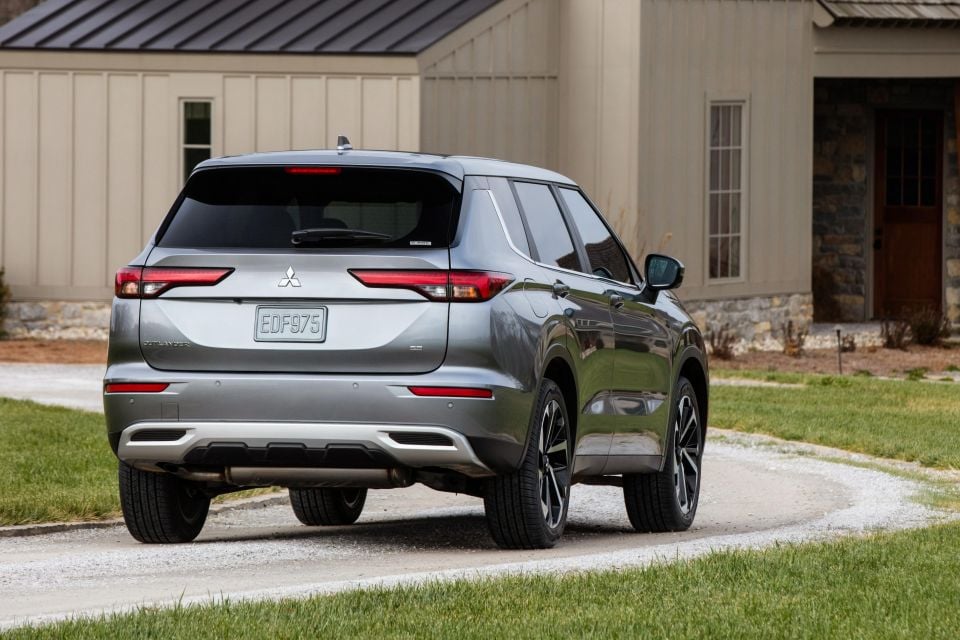

Damion Smy
China introduces “no fire, no explosion” EV battery standards
31 Minutes Ago
Mitsubishi Australia has its sights set on the sales podium, with growth led by plug-in hybrid SUVs at the core of its plan.

Contributor


Contributor
Mitsubishi has its sights set on third place in Australia’s competitive sales race.
Currently sitting fourth on the sales chart behind Toyota, Mazda, and Hyundai – and narrowly ahead of Kia in fifth – the brand plans to get there with a focus on the Triton ute and its plug-in hybrid SUVs.
“We are extremely ambitious in Australia. We are planning to be a podium brand across all measures,” Mitsubishi Australia CEO Shaun Westcott told CarExpert.
“We’re doing extremely well in fleet with our Triton, and we plan to up the game and really focus around the small business sector of the market with Triton,” he said.
“We believe that is a very competent product, has long legs still… we believe that particular model is only coming into its own. It’s taken two-to-three years to get into it, but we really believe there’s long legs in that product.”

The small business Triton push will be driven by pricing and marketing rather than new models or equipment changes.
Mr Westcott also pointed to plug-in hybrid vehicles as an “untapped opportunity”.
“The current Outlander is one of the biggest-selling PHEVs in Europe. Europe leads, we lag in terms of PHEV take-up in Australia.
“We believe there’s an opportunity for us in that to… talk to our market about our product offering and how competent it is – and how well-recognised it is in other markets – using new Outlander to take that to another level,” Mr Westcott told CarExpert.
Mr Westcott took over the reins at Mitsubishi Australia from John Signoriello in April 2020, just days after Prime Minister Scott Morrison announced a round of lockdowns to curb the spread of COVID-19.

“From a certain perspective you could say I couldn’t have timed it worse,” he said.
“We went into lockdown on the 21st of March last year… and I took over on the first of April! I remember some of the early conversations with dealers, saying this has to be one of the worst times in the world to take on the role as the CEO of Mitsubishi.
“It was a very different world. Of course we were going into lockdown, we were shutting our offices, we were packing our laptops and going home facing a very uncertain future.
“But what we did do is, we engaged quite dramatically with our dealers. We had a lot of communication with them. They obviously had concerns.
“None of us knew what the future would look like, we at that point in time had been trading as business as usual. We were sitting on inventories of cars and they were saying ‘what are we going to do with these vehicles, what does our future look like?’
“We sat with them, we worked through that… To cut a long story short, it panned out very well.”
Mitsubishi came through 2020 in fifth place in the sales race, behind the current top three and Ford.
With 58,335 sales for the year, the brand was down 29.9 per cent on 2019.

The wider market was down 13.7 per cent on the back of bushfires, COVID-19, and stock shortages.
The supply situation for Mitsubishi in 2021 remains unclear, as it does for most brands.
Not only have COVID shutdowns slowed production in some countries, semiconductor shortages have wrought havoc in a world where new cars are more loaded than ever with technology.
“We’re very fortunate in the way the COVID virus situation has played out in Australia. We are, as a country, in a good place,” Mr Westcott said.
“I do think there’s a genuine understanding by our customers that, while we are doing it quite well, that the rest of the world isn’t.
“That has impacted, obviously, vehicle supply,” he said.

“At the moment it’s a complex issue, and we are still working through as a company. Globally we’re still working through what this means for us, and the impact of that,” Mr Westcott explained.
“I can assure you that we will react in what we consider the best possible way, in the most rapid way for our customers, whichever scenario unfolds out of the semiconductor issue.”
Supply challenges notwithstanding, Mitsubishi is preparing to welcome the larger Outlander to Australia late in 2021, with a plug-in hybrid to follow early in 2022.
It will be more expensive than the current car. Owen Thomson, senior manager of product strategy for Mitsubishi Australia says the brand’s focus “is on value”, but “that doesn’t necessarily mean the car is down the bottom end of the price spectrum”.

With the higher price comes a new role as a brand-builder for Mitsubishi, with its tough new look and more upmarket interior.
“This car has a big task to do for us as a brand,” Mr Thomson said.
“It is recognised our cars are reliable and durable. This car we see as a game-changer for the brand, it’s really going to lift the brand.”
Before the Outlander, there’s a new Eclipse Cross PHEV due Down Under in the third quarter of 2021.
We’re expecting also a new Triton in the 2022 Japanese financial year with significant Australian input, followed by a new ute-based Pajero Sport SUV in 2023.
The current Triton was given a major overhaul in 2019, but was originally launched in 2015.
| Sales (as of end March ’21) | |
|---|---|
| Triton 4×4 | 5506 |
| ASX | 3602 |
| Outlander | 3242 |
| Eclipse Cross | 1947 |
| Pajero Sport | 1598 |
| Pajero | 769 |
| Triton 4×2 | 655 |
| Mirage | 254 |
| Express | 227 |
| Total | 17,811 |
Where expert car reviews meet expert car buying – CarExpert gives you trusted advice, personalised service and real savings on your next new car.
Scott Collie is an automotive journalist based in Melbourne, Australia. Scott studied journalism at RMIT University and, after a lifelong obsession with everything automotive, started covering the car industry shortly afterwards. He has a passion for travel, and is an avid Melbourne Demons supporter.


Damion Smy
31 Minutes Ago


Damion Smy
2 Hours Ago


Matt Robinson
5 Hours Ago


Damion Smy
5 Hours Ago


Damion Smy
19 Hours Ago


Damion Smy
20 Hours Ago